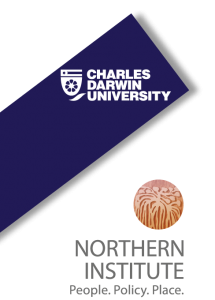Caring for Cosmologies: Making Living Maps for West Miyarrka
Bringing traditional owners and managers together with Yolŋu digital media experts, rangers and artists, this research project will develop a new genre of digital mapping, one that draws on unique Yolŋu knowledge practices, and, in doing so, will radically expand the category of the map as it is traditionally understood in Western knowledge system.
Working from intimate, embodied and site-specific connections to ancestral lands and sea, we will activate Yolŋu mapping practices. Our goal is to name, document and make visible endangered forms of sovereign knowledge, authority and connection, and so contribute to—and extend—the decolonising theories and practices of Indigenous mapping and associated forms of ‘countermapping’ (Rose-Redwood, Barnd, Lucchesi, Dia & Patrick 2020; Syme 2020; Daigle& Ramirez 2019; Carter 2018; Schultz 2018; Hunt & Stevenson 2017; Sletto 2009). By developing this new expression of Yolŋu site-specific politics and epistemology, we seek to build new capacity for intergenerational and intercultural collaboration, negotiation and decision making.
Our project has six interlinking aims:
- Work under the guidance and authority of the last remaining generation to have walked, camped and paddled
along the coast of the West Miyarrka region with their elders, to collectively record site-specific knowledge and
oral histories of coastal sites under threat from climate change. - Use this data and arts-based methods to make and theorise a series of digital maps of the region, specifically in
response to land management and governance concerns identified by the mapping process. - Mobilise those maps to document, monitor and evaluate their effectiveness in enabling new generations to speak
with, and from, the authority and custodianship of country. - Build Indigenous research capacity on country and in community while contributing to the growing field of
Indigenous Methodologies. - Contribute to international efforts by Indigenous people and others to decolonise mapping.


